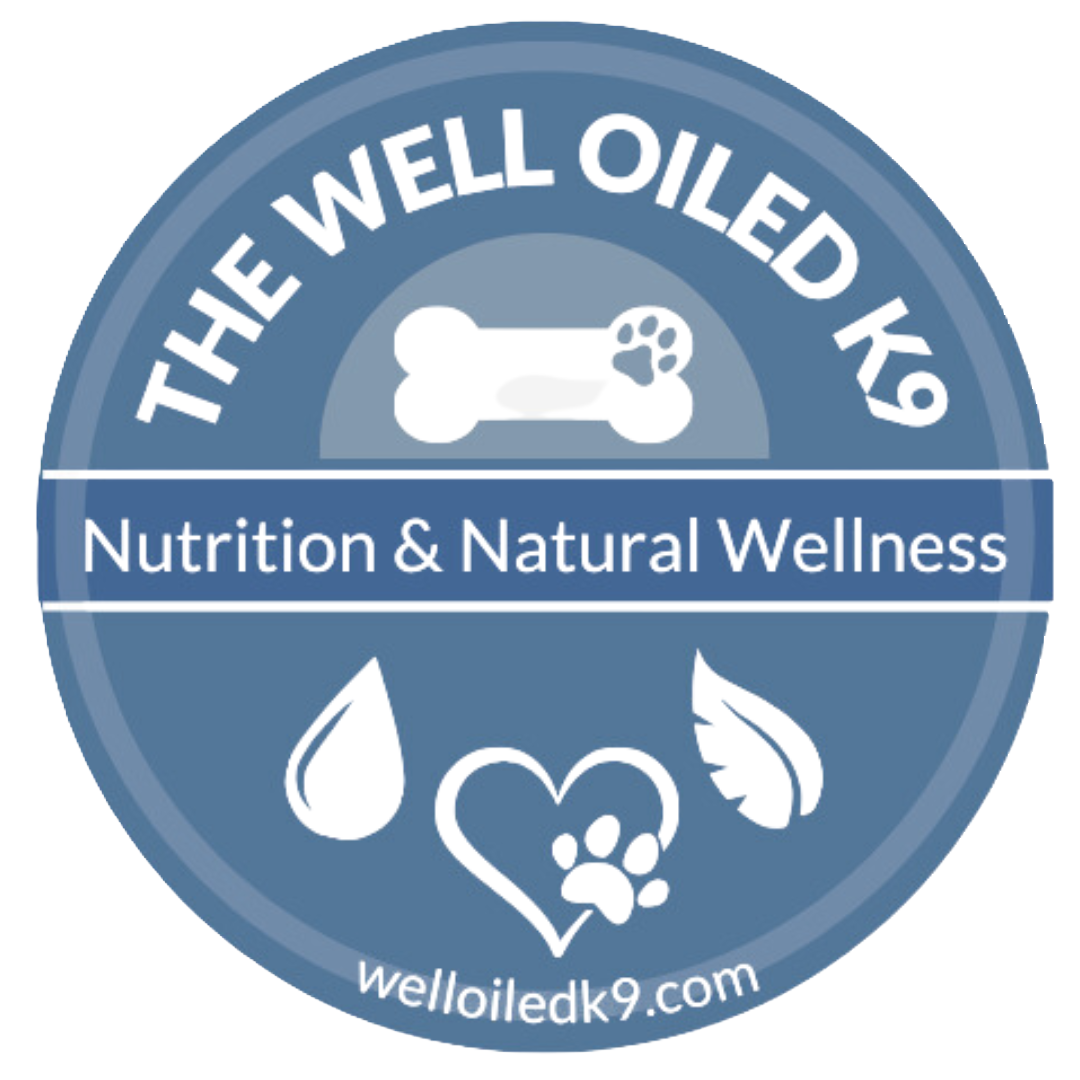Mycotoxins In Dog Food
Dr. Connor Brady writes in the book: Feeding Dogs
"Mycotoxins are poisonous chemical compounds produced by certain moulds that live on various foods including nuts, fruits, soy, cereals and grain, when they are handled, transported and sorted incorrectly. We know that grain used in pet food is sub par. In fact, it is firmly established that cereal by-products are diverted to animal feed even though, due to processing methods, they are known to contain mycotoxins at concentrations greater than raw cereals.
Moreover, cooking offers no protection.
Even after production, bags of dry food must then be transported great distances in varying conditions to sit on warm shelves for months. Then the client opens the bag and exposes the contents to air, warmth and humidity and leaves it sitting in his cupboard for weeks. It should come as no surprise then, that despite manufacturers employing various chemical anti-fungal measures, such as spraying incoming ingredients with the deadly phosphine gas, the majority of dry, cereal-based pet foods contain some amount of mycotoxins.
Boermansa and Leungb (2007) use numerous studies to show the consumption of mycotoxins, including aflatoxins, ochratoxins, trichothecenes, zearalenone, fumonisins and fusaric acid by our pets, can result in "chronic diseases such as liver and kidney fibrosis, infections resulting in immunosuppression and cancer"
Why does this matter? Because many of these grains and legumes are used in the production of pet food. Your dog can be exposed to these mycotoxins over time, even at low doses and it becomes a significant compounding effect causing chronic health problems.
Mycotoxins are a dangerous risk to your dog’s health. It could be deadly. Is your dog still eating food with grains in it - grains and grain byproducts, including corn, barley, soybeans, peas, lentils, chickpeas, corn gluten meal, sesame seeds, rice, and wheat Be sure to also look for sorghum, rice, maize, or pearl millet. If you find these ingredients in your food, you may be exposing your dog to dangerous chemical compounds created by molds. As such, you need to take action on getting some fresh foods or essential oils into your wellness strategy to help the body eliminate mycotoxins/aflatoxins
Acute Symptoms of Mycotoxins:
Vomiting and loss of appetite
Weight loss
Lethargy
Diarrhea
A weakened immune system
Respiratory illnesses
Tremors
Heart palpitations
Jaundice
Aflatoxin is one of the most potent mycotoxins and a known carcinogenic, and long-term exposure can lead to death, causing devastation for pet owners and their families.
Chronic Health Issues may include: Liver Damage & Liver Cancer, Weight Loss / Anorexia, Neurological disorders, weakened immune systems. You may also see panting, weakness, hyperactivity, incoordination, vomiting, rapid heart rate, inappetence, rise in body temperature, dehydration, seizure, muscle tremors.
Mycotoxin poisoning is a medical emergency and requires immediate action. (according to Dr. Karen Becker)
Pet food manufacturers are expected to test their ingredients and to require supply chain partners to test for mycotoxins. Call and ask them if they do. We often find when calling food manufacturers — a lack of transparency. That should be a warning sign to you.
We also know that kibble, as exposed to temperature changes, air (even in storage containers), and open bags of food can further increase rancid, moldy foods.
Change Your Food / Feed Fresh
I’d encourage you to make a change in your dog’s food to a fresh diet if you can. Even if it’s only sometimes, or as an added topper. But at least go grain-free. I know you’ll hear from many, including your vet about heart disease risk — read more on my blog about that topic too, or my podcast.. The heart health issue associated with grain-free foods has been debunked.
If you’re cleaning up your diet and see no symptoms as described above, it would be very important to consider adding in:
Celery, Carrots, Parsnips, and Fennel to your dog’s fresh food diet or bonuses to the bowl to help the body rid itself of these toxins that may be stored in the body.
If you’re still feeding kibble — be sure to keep these in mind.
You can also consider essential oils like Carrot, Cilantro, Fennel, Dill, Cumin, Parsley. Rotating these essential oils offers many amazing benefits for your dog’s health.
If you are ready to consider feeding your dog a fresh food diet, let me tell you about Volhard Dog Nutrition or guide you through homemade dog food customized for YOUR dog.
Volhard Referral Link: https://bit.ly/3zVJM0r
Order Dr. Brady’s Book: Feeding Dogs: https://amzn.to/3skUMBR
